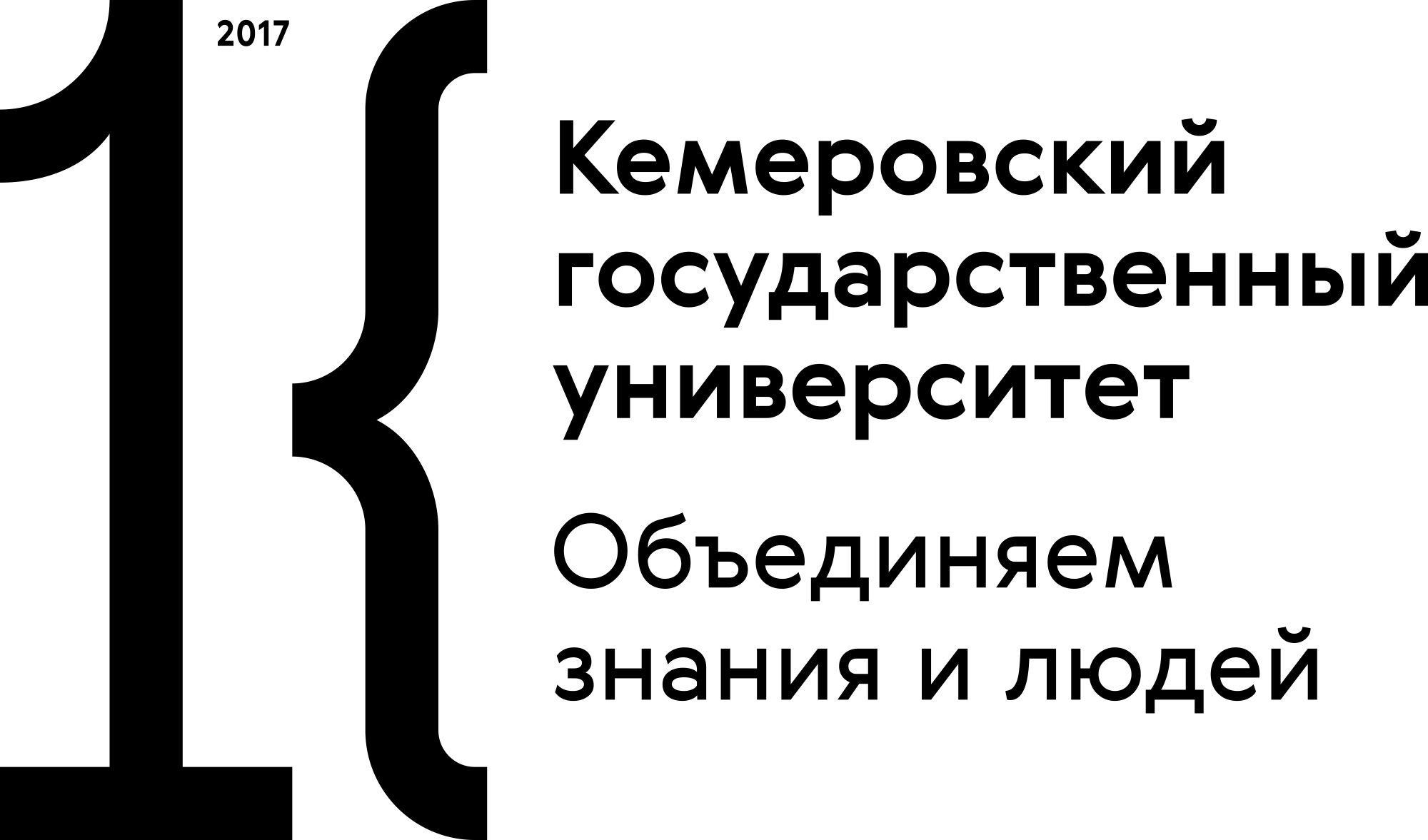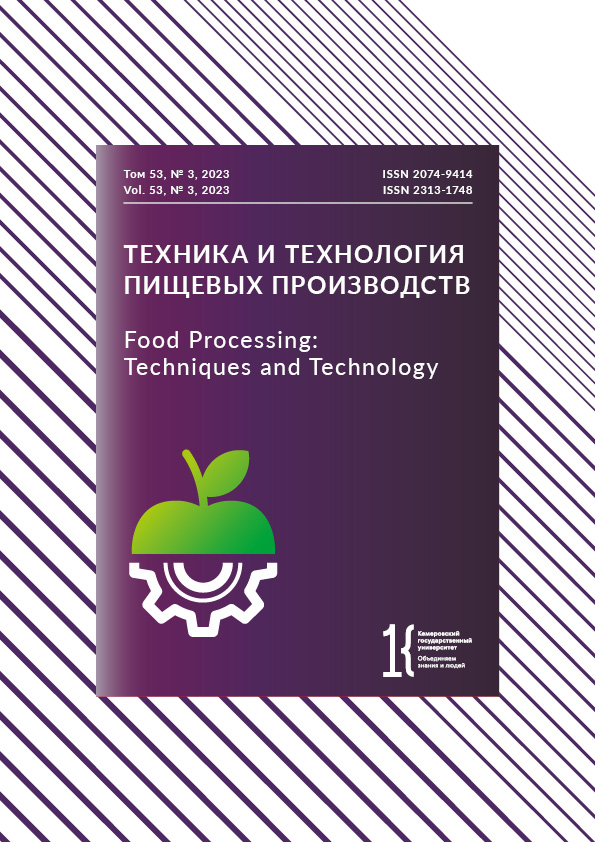Калининград, Калининградская область, Россия
Калининград, Калининградская область, Россия
Калининград, Россия
Калининград, Калининградская область, Россия
Гродно, Беларусь
Калининград, Россия
Получение комплекса биологически активных веществ с антиоксидантной активностью из психрофильных микроводорослей и цианобактерий вызывает научный интерес, расширяет область их промышленного применения и открывает новые перспективы их использования. Целью работы являлся сбор и идентификация психрофильных микроводорослей и цианобактерий Балтийского моря, а также изучение их соединений, которые проявляют антиоксидантные свойства. Объекты исследования – образцы психрофильных микроводорослей (Skeletonema pseudocostatum, Thalassiosira pseudonana и Fragilariopsis kerguelensis) и цианобактерий (Aphanizomenon gracile и Anabaena cylindrica). Образцы отобрали из природных источников в акватории Балтийского моря в Калининградской области (Куршский залив и Балтийский залив) в период с марта по май 2022 г. Анализ выделенных чистых культур осуществляли методами Пастера и проточной цитофлуориметрии. Антиоксидантную активность психрофильных микроводорослей и цианобактерий определяли путем анализа активности поглощения радикалов, восстанавливающей способности и хелатной активности с помощью спектрофотометрии. Наибольшей антиоксидантной активностью по трем методам анализа обладала психрофильная микроводоросль S. pseudocostatum, которая по методу ABTS составила 17,62 мкмоль/г эквивалентов тролокса, по методу DPPH 58,16 мкмоль/г эквивалентов тролокса, по методу FRAP 3,91 мкмоль/г эквивалентов тролокса. Антиоксидантная активность T. pseudonana равна 12,08, 12,42 и 3,13 мкмоль/г эквивалентов тролокса. Для психрофильной микроводоросли F. kerguelensis этот показатель составил 13,53, 11,84 и 1,09 мкмоль/г эквивалентов тролокса. Антиоксидантная активность психрофильной цианобактерии A. gracile равна 15,73, 19,89 и 2,47 мкмоль/г эквивалентов тролокса. Значения антиоксидантной активности психрофильной цианобактерии A. cylindrica составили 12,62, 13,16 и 2,16 мкмоль/г эквивалентов тролокса. Отобрали образцы психрофильных микроводорослей и цианобактерий из природных источников в акватории Балтийского моря (Калининградская область), которые продуцируют компоненты с высокой антиоксидантной активностью. Полученные результаты могут стать основой для разработки новой фармацевтической субстанции.
Skeletonema pseudocostatum, Thalassiosira pseudonana, Fragilariopsis kerguelensis, Aphanizomenon gracile, Anabaena cylindrica, микроводоросли, биологически активные вещества, скрининг, идентификация, антиоксидантная активность
1. Собакарь М. С., Ших Е. В. Антиоксидантная терапия и метаболические подходы к лечению заболеваний сердечно-сосудистой системы // Биомедицина. 2010. № 3. С. 10–21. https://www.elibrary.ru/NUJCKZ
2. Faskhutdinova ER, Sukhikh AS, Le VM, Minina VI, Khelef MEA, Loseva AI. Effects of bioactive substances isolated from Siberian medicinal plants on the lifespan of Caenorhabditis elegans. Foods and Raw Materials. 2022;10(2):340–352. https://doi.org/10.21603/2308-4057-2022-2-544
3. Prosekov AYu, Dyshlyuk LS, Milentyeva IS, Sykhikh SA, Babich OO, Ivanova SA, et al. Antioxidant and antimicrobial activity of bacteriocin-producing strains of lactic acid bacteria isolated from the human gastrointestinal tract. Progress in Nutrition. 2017;19(1):67–80. https://doi.org/10.23751/pn.v19i1.5147
4. Nikitina OA, Darenskaya MA, Semenova NV, Kolesnikova LI. Antioxidant defense system: Regulation of metabolic processes, genetic determinants, methods of determination. The Siberian Scientific Medical Journal. 2022;42(3):4–17. (In Russ.). https://doi.org/10.18699/SSMJ20220301
5. Coulombier N, Nicolau E, le Déan L, Antheaume C, Jauffrais T, Lebouvier N. Impact of light intensity on antioxidant activity of tropical microalgae. Marine Drugs. 2020;18(2):122. https://doi.org/10.3390/md18020122
6. Coulombier N, Blanchier P, le Dean L, Barthelemy V, Lebouvier N, Jauffrais T. The effects of CO2-induced acidification on Tetraselmis biomass production, photophysiology and antioxidant activity: A comparison using batch and continuous culture. Journal of Biotechnology. 2021;325:312–324. https://doi.org/10.1016/j.jbiotec.2020.10.005
7. Coulombier N, Nicolau E, le Déan L, Barthelemy V, Schreiber N, Brun P, et al. Effects of nitrogen availability on the antioxidant activity and carotenoid content of the microalgae Nephroselmis sp. Marine Drugs. 2020;18(9):453. https://doi.org/10.3390/md18090453
8. Paliwal C, Mitra M, Bhayani K, Bharadwaj VSV, Ghosh T, Dubey S, et al. Abiotic stresses as tools for metabolites in microalgae. Bioresource Technology. 2017;244:1216–1226. https://doi.org/10.1016/j.biortech.2017.05.058
9. Alloyarova YuV, Kolotova DS, Derkach SR. Nutritional and therapeutic potential of functional components of brown seaweed: A review. Foods and Raw Materials. 2024;12(2):398–419. https://doi.org/10.21603/2308-4057-2024-2-616
10. Sathasivam R, Ki J-S. A review of the biological activities of microalgal carotenoids and their potential use in healthcare and cosmetic industries. Marine Drugs. 2018;16(1):26. https://doi.org/10.3390/md16010026
11. Gill SS, Tuteja N. Reactive oxygen species and antioxidant machinery in abiotic stress tolerance in crop plants. Plant Physiology and Biochemistry. 2010;48(12):909–930. https://doi.org/10.1016/j.plaphy.2010.08.016
12. Dolganyuk V, Belova D, Babich O, Katserov D, Patyukov N, Sukhikh S, et al. Microalgae: A promising source of valuable bioproducts. Biomolecules. 2020;10(8):1153. https://doi.org/10.3390/biom10081153
13. Gulcin İ. Antioxidants and antioxidant methods: An updated overview. Archives of Toxicology. 2020;94:651–715. https://doi.org/10.1007/s00204-020-02689-3
14. Huang JJ, Lin S, Xu W, Cheung PCK. Occurrence and biosynthesis of carotenoids in phytoplankton. Biotechnology Advances. 2017;35(5):597–618. https://doi.org/10.1016/j.biotechadv.2017.05.001
15. Ribeiro D, Freitas M, Silva AMS, Carvalho F, Fernandes E. Antioxidant and pro-oxidant activities of carotenoids and their oxidation products. Food and Chemical Toxicology. 2018;120:681–699. https://doi.org/10.1016/j.fct.2018.07.060
16. Yu M, Chen M, Gui J, Huang S, Liu Y, Shentu H, et al. Preparation of Chlorella vulgaris polysaccharides and their antioxidant activity in vitro and in vivo. International Journal of Biological Macromolecules. 2019;137:139–150. https://doi.org/10.1016/j.ijbiomac.2019.06.222
17. Sukhikh SA, Budenkova EA, Boychenko Yu-DS, Anokhova VD, Dolganyuk VF, Kashirskih EV. Optimizing the production of polysaccharides from Cyanobacterium sp. IPPAS B-1200. Food Processing: Techniques and Technology. 2023;53(3):630–641. (In Russ.). https://doi.org/10.21603/2074-9414-2023-3-2463
18. Gürlek C, Yarkent Ç, Köse A, Tuğcu B, Gebeloğlu IK, Öncel SŞ, et al. Screening of antioxidant and cytotoxic activities of several microalgal extracts with pharmaceutical potential. Health and Technology. 2020;10:111–117. https://doi.org/10.1007/s12553-019-00388-3
19. Allen KM, Habte-Tsion H-M, Thompson KR, Filer K, Tidwell JH, Kumar V. Freshwater microalgae (Schizochytrium sp.) as a substitute to fish oil for shrimp feed. Scientific Reports. 2019;9:6178. https://doi.org/10.1038/s41598-019-41020-8
20. Laroche C. Exopolysaccharides from microalgae and cyanobacteria: Diversity of strains, production strategies, and applications. Marine Drugs. 2022;20(5):336. https://doi.org/10.3390/md20050336
21. Nacer W, Baba Ahmed FZ, Merzouk H, Benyagoub O, Bouanane S. Evaluation of the anti-inflammatory and antioxidant effects of the microalgae Nannochloropsis gaditana in streptozotocin-induced diabetic rats. Journal of Diabetes and Metabolic Disorders. 2020;19:1483–1490. https://doi.org/10.1007/s40200-020-00681-3
22. Qiao H, Hu D, Ma J, Wang X, Wu H, Wang J. Feeding effects of the microalga Nannochloropsis sp. on juvenile turbot (Scophthalmus maximus L.). Algal Research. 2019;41:101540. https://doi.org/10.1016/j.algal.2019.101540
23. Каширских Е. В., Асякина Л. К., Надцонов Д. Д. Исследование физико-химических свойств микроводорослей Балтийского моря // Вестник Балтийского федерального университета им. И. Канта. Серия: Естественные и медицинские науки. 2022. № 1. С. 88–97. https://www.elibrary.ru/DPEBHT
24. Pereira H, Barreira L, Mozes A, Florindo C, Polo C, Duarte CV, et al. Microplate-based high throughput screening procedure for the isolation of lipid-rich marine microalgae. Biotechnology for Biofuels and Bioproducts. 2011;4:61. https://doi.org/10.1186/1754-6834-4-61
25. López-Hernández J-F, Kean-Meng T, Asencio-Alcudia G-G, Asyraf-Kassim M, Alvarez-González C-A, Márquez-Rocha F-J. Sustainable microalgae and cyanobacteria biotechnology. Applied Sciences. 2022;12(14):6887. https://doi.org/10.3390/app12146887
26. Temraleeva AD, Dronova SA, Moskalenko SV, Didovich SV. Modern methods for isolation, purification, and cultivation of soil cyanobacteria. Microbiology. 2016;85:389–399. https://doi.org/10.1134/S0026261716040159
27. Gao S, Kong Y, Yu J, Miao L, Ji L, Song L, et al. Isolation of axenic cyanobacterium and the promoting effect of associated bacterium on axenic cyanobacterium. BMC Biotechnology. 2020;20:61. https://doi.org/10.1186/s12896-020-00656-5
28. Takahashi T. Routine management of microalgae using autofluorescence from chlorophyll. Molecules. 2019;24(24):4441. https://doi.org/10.3390/molecules24244441
29. Dolganyuk VF, Kashirskikh EV, Budenkova EA, Andreeva AP, Sukhikh SA. Study of morphological features and growth parameters of psychrophilic microalgae and cyanobacteria. Food Systems. 2022;5(4):289–297. (In Russ.). https://doi.org/10.21323/2618-9771-2022-5-4-289-297
30. Chaves N, Santiago A, Alías JC. Quantification of the antioxidant activity of plant extracts: Analysis of sensitivity and hierarchization based on the method used. Antioxidants. 2020;9(1):76. http://doi.org/10.3390/antiox9010076
31. Oleinik G, Dario PP, de Morais Gasperin K, Benvegnú DM, Lima FO, Soares LC, et al. In vitro antioxidant extracts evaluation from the residue of the Hevea brasiliensis seed. Scientific Reports. 2022;12:480. http://doi.org/10.1038/s41598-021-04017-w
32. Coulombier N, Jauffrais T. Lebouvier N. Antioxidant compounds from microalgae: A review. Marine Drugs. 2021;19(10):549. https://doi.org/10.3390/md19100549
33. Duarte TL, Lunec J. Review: When is an antioxidant not an antioxidant? A review of novel actions and reactions of vitamin C. Free Radical Research. 2005;39(7):671–686. https://doi.org/10.1080/10715760500104025
34. Sharma P, Jha AB, Dubey RS, Pessarakli M. Reactive oxygen species, oxidative damage, and antioxidative defense mechanism in plants under stressful conditions. Journal of Botany. 2012;2012:21703. https://doi.org/10.1155/2012/217037
35. Richards SL, Wilkins KA, Swarbreck SM, Anderson AA, Habib N, Smith AG, et al. The hydroxyl radical in plants: From seed to seed. Journal of Experimental Botany. 2015;66(1):37–46. https://doi.org/10.1093/jxb/eru398
36. Дружинина А. С. Флоротаннины арктических бурых водорослей: дис. … канд. хим. наук. Архангельск, 2019. 120 с.
37. Перспектива развития технологии производства микроводорослей / С. М. Шинкарев [и др.] // Вестник технологического университета. 2017. Т. 20. № 14. С. 146–149. https://www.elibrary.ru/WQMOEQ
38. Сравнительное изучение антиоксидантной активности растительных сборов / С. Р. Хасанова [и др.] // Вестник Воронежского государственного университета. Серия: Химия. Биология. Фармация. 2007. № 1. С. 163–166. https://www.elibrary.ru/KWHQXL
39. Marques AEML, Balen RE, da Silva Pereira Fernandes L, Motta CM, de Assis HCS, Taher DM, et al. Diets containing residual microalgae biomass protect fishes against oxidative stress and DNA damage. Journal of Applied Phycology. 2019;31:2933–2940. https://doi.org/10.1007/s10811-019-01825-6
40. Ranga Rao A, Raghunath Reddy RL, Baskaran V, Sarada R, Ravishankar GA. Characterization of microalgal carotenoids by mass spectrometry and their bioavailability and antioxidant properties elucidated in rat model. Journal of Agricultural and Food Chemistry. 2010;58(15):8553–8559. https://doi.org/10.1021/jf101187k
41. Rahman NA, Khatoon H, Yusuf N, Banerjee S, Haris NA, Lananan F, et al. Tetraselmis chuii biomass as a potential feed additive to improve survival and oxidative stress status of Pacific white-leg shrimp Litopenaeus vannamei postlarvae. International Aquatic Research. 2017;9:235–247. https://doi.org/10.1007/s40071-017-0173-2
42. McKenzie CH, Bates SS, Martin JL, Haigh N, Howland KL, Lewis NI, et al. Three decades of Canadian marine harmful algal events: Phytoplankton and phycotoxins of concern to human and ecosystem health. Harmful Algae. 2021;102:101852. https://doi.org/10.1016/j.hal.2020.101852











